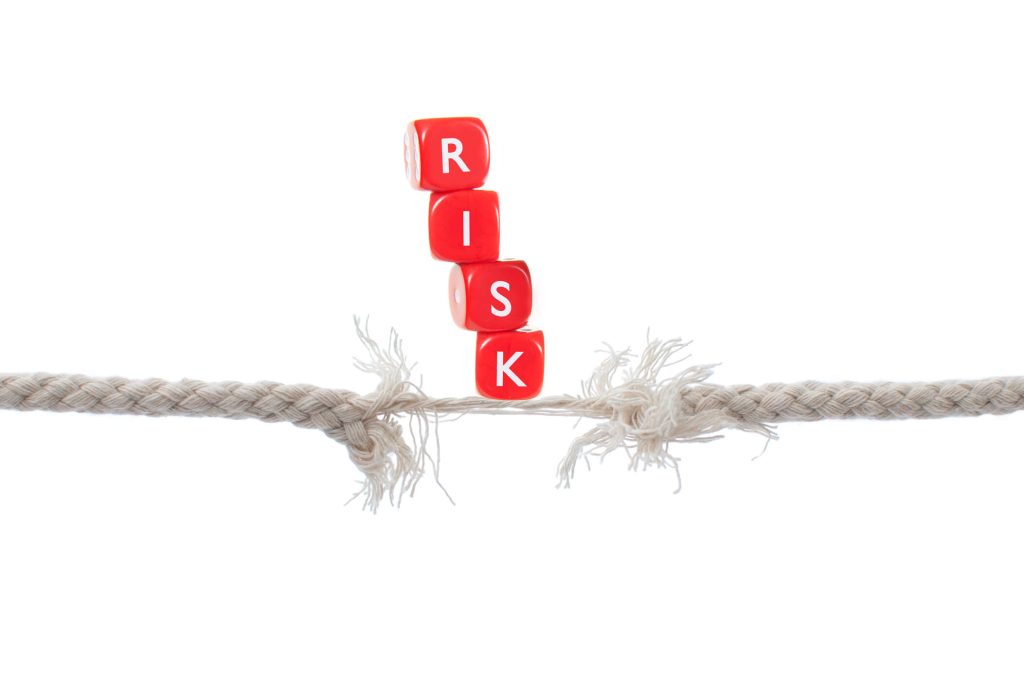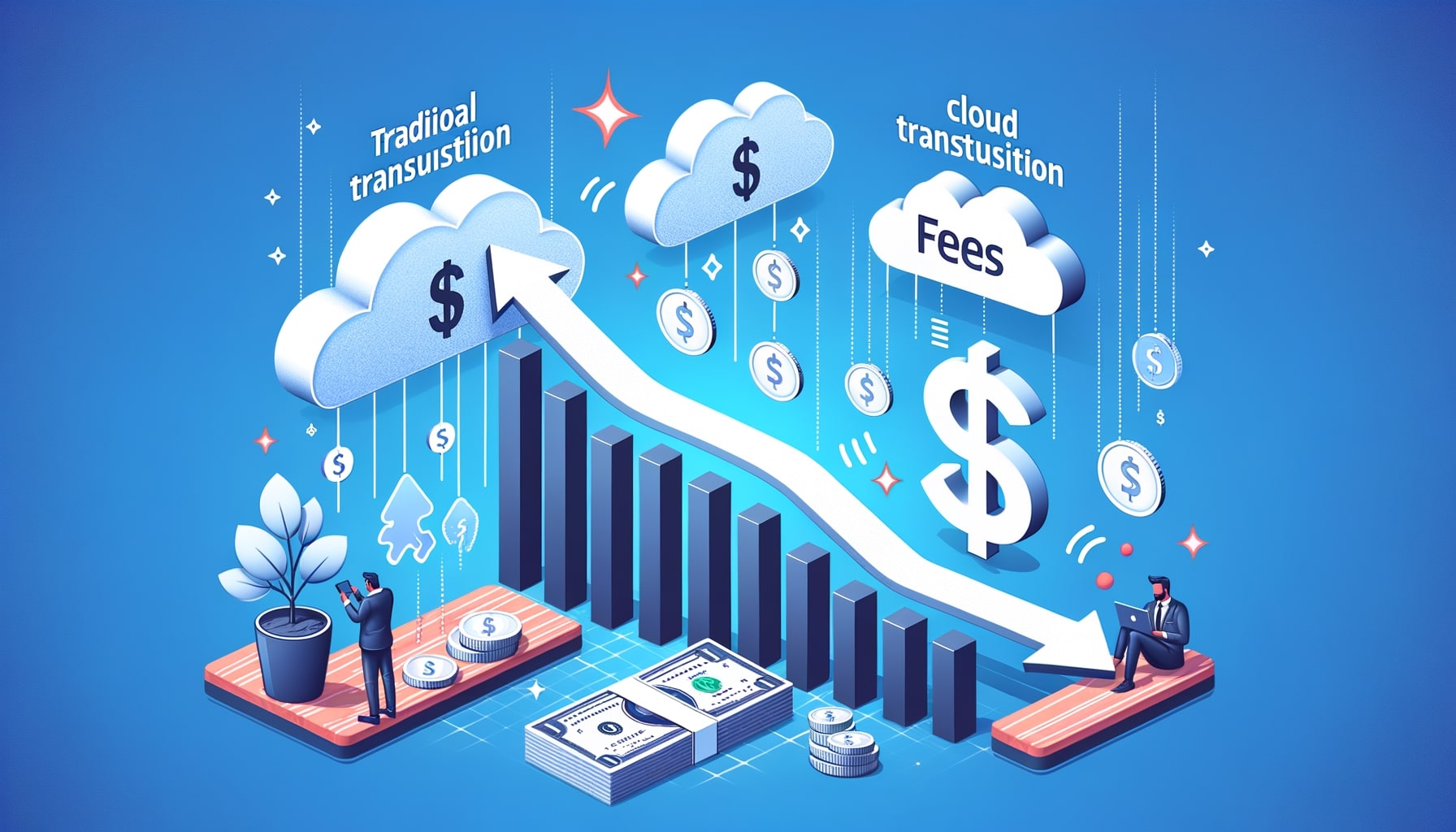How to Stay Compliant with Cloud Payment Regulations
Cloud payment regulations refer to the set of rules and standards that govern the secure processing, storage, and transmission of payment card data in cloud-based environments. With the increasing adoption of cloud computing and the growing popularity of online payments, it has become crucial for businesses to understand and comply with these regulations to protect sensitive customer information and maintain trust.
In this article, we will explore the importance of compliance in cloud payments, discuss key regulations and standards, provide a detailed guide on implementing secure cloud payment solutions, highlight best practices for data protection, delve into the Payment Card Industry Data Security Standard (PCI DSS), navigate international cloud payment regulations, address challenges and risks in compliance, and answer frequently asked questions about cloud payment regulations.
Understanding the Importance of Compliance in Cloud Payments

Compliance with cloud payment regulations is essential for businesses that handle payment card data. Failure to comply can result in severe consequences, including financial penalties, reputational damage, and loss of customer trust. Compliance ensures that businesses adhere to industry best practices and security standards, protecting both the organization and its customers from potential data breaches and fraud.
One of the primary reasons compliance is crucial is the increasing number of data breaches and cyberattacks targeting payment card data. According to the 2020 Cost of a Data Breach Report by IBM, the average cost of a data breach in the United States was $8.64 million, with an average of 280 days to identify and contain the breach. Compliance helps organizations mitigate the risk of data breaches by implementing robust security measures and following industry best practices.
Compliance also helps businesses build trust with their customers. In a survey conducted by PCI Security Standards Council, 67% of consumers said they would be less likely to do business with a company that experienced a data breach involving credit or debit card details. By demonstrating compliance with cloud payment regulations, businesses can assure their customers that their payment card data is being handled securely, fostering trust and loyalty.
Key Cloud Payment Regulations and Standards
Several regulations and standards govern cloud payment processing to ensure the security and privacy of payment card data. Understanding these regulations is crucial for businesses to implement the necessary controls and safeguards. Let’s explore some of the key cloud payment regulations and standards:
- Payment Card Industry Data Security Standard (PCI DSS): PCI DSS is a set of security standards established by major payment card brands, including Visa, Mastercard, and American Express. It applies to any organization that processes, stores, or transmits payment card data. PCI DSS provides a comprehensive framework for securing payment card data and includes requirements for network security, access control, encryption, and regular security testing.
- General Data Protection Regulation (GDPR): GDPR is a regulation enacted by the European Union (EU) to protect the privacy and personal data of EU citizens. While not specific to cloud payments, GDPR applies to any organization that handles personal data, including payment card data. GDPR mandates organizations to obtain explicit consent for data processing, implement appropriate security measures, and notify authorities and affected individuals in case of a data breach.
- ISO/IEC 27001: ISO/IEC 27001 is an international standard for information security management systems (ISMS). It provides a systematic approach to managing sensitive company information, including payment card data. Compliance with ISO/IEC 27001 demonstrates that an organization has implemented a robust information security management system and follows best practices for protecting payment card data.
Implementing Secure Cloud Payment Solutions
Implementing secure cloud payment solutions requires a comprehensive approach that addresses various aspects of security, including network security, access control, encryption, and monitoring. Here is a detailed guide on implementing secure cloud payment solutions:
- Conduct a Risk Assessment: Start by conducting a thorough risk assessment to identify potential vulnerabilities and risks associated with your cloud payment environment. This assessment should include an evaluation of your cloud service provider’s security controls, data storage and transmission practices, and compliance with relevant regulations.
- Choose a Secure Cloud Service Provider: Select a cloud service provider that has robust security measures in place and complies with relevant regulations and standards. Look for providers that offer encryption, access controls, regular security audits, and strong physical security measures for their data centers.
- Implement Strong Access Controls: Ensure that only authorized personnel have access to payment card data. Implement strong authentication mechanisms, such as multi-factor authentication, to prevent unauthorized access. Regularly review and update user access privileges to align with the principle of least privilege.
- Encrypt Payment Card Data: Encrypt payment card data both at rest and in transit. Use strong encryption algorithms and ensure that encryption keys are securely managed. Implement secure protocols, such as Transport Layer Security (TLS), for encrypting data during transmission.
- Regularly Monitor and Audit: Implement robust monitoring and auditing mechanisms to detect and respond to security incidents promptly. Monitor network traffic, access logs, and system logs for any suspicious activity. Conduct regular security audits to identify and address any vulnerabilities or non-compliance issues.
- Train Employees on Security Best Practices: Educate your employees on security best practices and the importance of compliance. Provide training on identifying and reporting security incidents, handling payment card data securely, and following company policies and procedures.
Best Practices for Data Protection in Cloud Payments
Data protection is a critical aspect of cloud payment compliance. Implementing best practices for data protection helps businesses safeguard payment card data and maintain compliance with relevant regulations. Here are some best practices for data protection in cloud payments:
- Minimize Data Collection: Only collect the payment card data that is necessary for processing transactions. Minimizing data collection reduces the amount of sensitive information that needs to be protected and lowers the risk of data breaches.
- Tokenization: Consider implementing tokenization, a process that replaces payment card data with unique tokens. Tokens are used for transaction processing, while the actual payment card data is securely stored in a separate system. Tokenization reduces the risk of exposing sensitive payment card data in case of a breach.
- Secure Data Storage: Ensure that payment card data is stored securely in the cloud. Implement strong encryption for data at rest and use secure key management practices. Regularly review and update access controls to prevent unauthorized access to stored data.
- Secure Data Transmission: Implement secure protocols, such as TLS, for encrypting data during transmission between systems. Regularly update and patch systems to address any vulnerabilities in encryption protocols.
- Regularly Update and Patch Systems: Keep your cloud payment systems and software up to date with the latest security patches. Regularly review and apply security updates to address any known vulnerabilities.
- Conduct Regular Security Testing: Perform regular security testing, including vulnerability assessments and penetration testing, to identify and address any weaknesses in your cloud payment environment. Regular testing helps ensure that your systems are secure and compliant with regulations.
Ensuring Compliance with Payment Card Industry Data Security Standard (PCI DSS)
Compliance with the Payment Card Industry Data Security Standard (PCI DSS) is crucial for businesses that process, store, or transmit payment card data. PCI DSS provides a comprehensive framework for securing payment card data and includes requirements for network security, access control, encryption, and regular security testing. Here are some key steps to ensure compliance with PCI DSS:
- Determine Applicability: Determine whether your organization falls under the scope of PCI DSS. If you process, store, or transmit payment card data, you are likely required to comply with PCI DSS.
- Understand the Requirements: Familiarize yourself with the requirements of PCI DSS. The standard consists of 12 requirements, including building and maintaining a secure network, protecting cardholder data, implementing strong access controls, regularly monitoring and testing networks, and maintaining an information security policy.
- Conduct a Self-Assessment: Perform a self-assessment to evaluate your organization’s compliance with PCI DSS. The PCI Security Standards Council provides self-assessment questionnaires (SAQs) tailored to different types of organizations. Choose the appropriate SAQ based on your payment processing methods and complete it honestly and accurately.
- Engage a Qualified Security Assessor (QSA): Depending on your organization’s size and complexity, you may need to engage a Qualified Security Assessor (QSA) to perform an independent assessment of your compliance with PCI DSS. A QSA is a certified professional who can help you navigate the requirements and ensure that your organization meets the necessary standards.
- Implement Required Controls: Implement the necessary controls and safeguards to meet the requirements of PCI DSS. This may include implementing firewalls, encrypting payment card data, restricting access to cardholder data, and regularly testing security systems and processes.
- Maintain Compliance: Compliance with PCI DSS is an ongoing process. Regularly review and update your security controls, conduct vulnerability scans and penetration tests, and ensure that your employees receive regular training on security best practices.
Navigating International Cloud Payment Regulations
Operating in a global marketplace requires businesses to navigate international cloud payment regulations. Different countries and regions have their own regulations and standards for handling payment card data. Here are some key considerations for navigating international cloud payment regulations:
- Research Local Regulations: Research and understand the specific regulations and standards that apply to the countries or regions where you operate or plan to expand. Familiarize yourself with the local data protection laws, industry-specific regulations, and any additional requirements for cross-border data transfers.
- Engage Legal and Compliance Experts: Seek guidance from legal and compliance experts who specialize in international data protection and cloud payment regulations. They can help you navigate the complexities of different jurisdictions and ensure compliance with local laws.
- Implement Privacy by Design: Adopt a privacy by design approach when developing your cloud payment solutions. Privacy by design involves considering privacy and data protection principles from the initial design stages and throughout the entire lifecycle of your systems. This approach helps ensure compliance with various international regulations.
- Establish Data Transfer Mechanisms: If you need to transfer payment card data across borders, ensure that you have appropriate data transfer mechanisms in place. This may include implementing standard contractual clauses, obtaining explicit consent from individuals, or relying on approved data transfer mechanisms, such as the EU-US Privacy Shield (for transfers between the EU and the US).
- Stay Updated on Regulatory Changes: Keep abreast of any changes or updates to international cloud payment regulations. Regulatory requirements can evolve over time, and it is essential to stay informed to maintain compliance.
Addressing Challenges and Risks in Cloud Payment Compliance

Complying with cloud payment regulations can present various challenges and risks for businesses. Understanding and addressing these challenges is crucial to ensure effective compliance. Here are some common challenges and risks in cloud payment compliance and strategies to address them:
- Lack of Awareness and Understanding: Many businesses may lack awareness and understanding of cloud payment regulations and their implications. To address this challenge, invest in training and education programs to ensure that employees and stakeholders are aware of the regulations and their responsibilities.
- Complexity of Regulations: Cloud payment regulations can be complex and vary across different jurisdictions. Engage legal and compliance experts to help interpret and navigate the regulations. Establish clear policies and procedures that align with the requirements of relevant regulations.
- Third-Party Risk: Engaging third-party service providers for cloud payment processing introduces additional risks. Conduct thorough due diligence on potential service providers to ensure they have robust security measures in place. Implement contractual agreements that clearly define security responsibilities and require regular audits and assessments.
- Data Breach Risks: Data breaches pose a significant risk to cloud payment compliance. Implement robust security measures, such as encryption, access controls, and monitoring, to mitigate the risk of data breaches. Develop an incident response plan to ensure a swift and effective response in case of a breach.
- Evolving Threat Landscape: The threat landscape is constantly evolving, with new vulnerabilities and attack vectors emerging regularly. Stay updated on the latest security threats and vulnerabilities and implement appropriate security controls and patches to address them.
Frequently Asked Questions about Cloud Payment Regulations
Q.1: What are cloud payment regulations?
Cloud payment regulations refer to the set of rules and standards that govern the secure processing, storage, and transmission of payment card data in cloud-based environments.
Q.2: Why is compliance with cloud payment regulations important?
Compliance with cloud payment regulations is important to protect sensitive customer information, mitigate the risk of data breaches, avoid financial penalties, and maintain customer trust.
Q.3: What are some key cloud payment regulations and standards?
Some key cloud payment regulations and standards include the Payment Card Industry Data Security Standard (PCI DSS), General Data Protection Regulation (GDPR), and ISO/IEC 27001.
Q.4: How can businesses implement secure cloud payment solutions?
Businesses can implement secure cloud payment solutions by conducting a risk assessment, choosing a secure cloud service provider, implementing strong access controls, encrypting payment card data, regularly monitoring and auditing systems, and training employees on security best practices.
Q.5: What are some best practices for data protection in cloud payments?
Best practices for data protection in cloud payments include minimizing data collection, implementing tokenization, securing data storage and transmission, regularly updating and patching systems, and conducting regular security testing.
Q.6: How can businesses ensure compliance with the Payment Card Industry Data Security Standard (PCI DSS)?
Businesses can ensure compliance with PCI DSS by determining applicability, understanding the requirements, conducting a self-assessment, engaging a Qualified Security Assessor (QSA), implementing required controls, and maintaining compliance through regular reviews and updates.
Conclusion
Compliance with cloud payment regulations is crucial for businesses that handle payment card data. It helps protect sensitive customer information, mitigate the risk of data breaches, and maintain trust with customers. Understanding the importance of compliance, key regulations and standards, implementing secure cloud payment solutions, best practices for data protection, ensuring compliance with PCI DSS, navigating international regulations, and addressing challenges and risks are essential for businesses to maintain compliance and protect payment card data.
By following the guidelines and best practices outlined in this article, businesses can enhance their security posture, build customer trust, and ensure compliance with cloud payment regulations.










